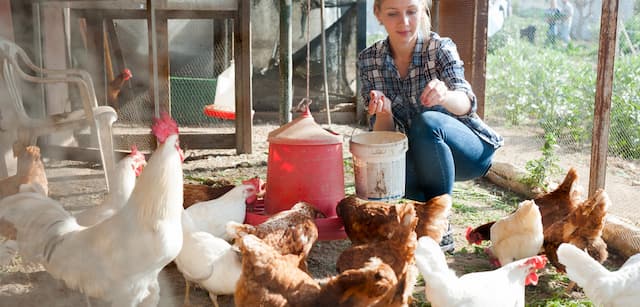Coronavirus in Germany: How Did the Fourth Wave Start?

EPIDEMIC: There are 131,000 coronavirus cases per week in the regions of Goethe and Bayern Munich in Germany, as many as a year ago
Germany is facing a fourth wave of coronavirus Covid-19 cases, comparable to that of last fall with 34,000 new contaminations identified in 24 hours on Thursday.
Across the Rhine, the vaccination rate is a little lower than that of France, especially in the regions most affected by the epidemic resumption.
For Anne Sénéquier, weariness and the relaxation of barrier gestures are linked to this “epidemic of unvaccinated people” with which our European neighbour is confronted.
Would we have suddenly gone back a year with the time change? This is what the Germans must ask themselves , faced with a new epidemic wave of coronavirus Covid-19 . Hospitals overwhelmed, Minister of Health calling for tougher health rules, the situation looks like the second wave, which followed the start of the 2020 school year. How to explain it?
What are the figures for the epidemic in Germany?
At the end of October, the country had 131,000 new cases per week according to the WHO . A figure identical to that of November 2020, with “a worrying acceleration”, notes for 20 Minutes Anne Sénéquier *, co-director of the Observatory of Global Health. The Robert-Koch Institute noted 20,000 infections in 24 hours Tuesday, and nearly 34,000 Thursday. A record. “There were 1,200 deaths per week at the time, thanks to vaccination we went down to 630”, she measures.
With 165 deaths in 24 hours reported Thursday, those numbers could rise further. “We had risen to 6,000 deaths per week in January 2021”, recalls the doctor. The virus is also spreading in the same place as last year, near the Austrian and Czech borders, with a high prevalence in Saxony . It is also in this eastern region that the vaccination rate is the lowest in the country (56% of people with a complete vaccination schedule, against 66% nationally).
How did we get here ?
Specialists like the German government say, it is above all a “pandemic of unvaccinated”. The refractory vaccine still many in Germany, especially since they do not feel concerned. But Anne Sénéquier also points to another phenomenon: weariness. “There is a relaxation of barrier gestures, the vaccinated consider that they are no longer contaminants. However, there is no zero risk. “The constant evolution of the rules generates all the more frustration, even if” we need this responsiveness of day-to-day measures if we want to live in a new normal “, she notes.
The health system has also deteriorated over the course of the pandemic. In Germany, health is managed by the regions, and the country had a better network of local hospitals than France before the pandemic. Since then, “many health personnel have left”, exhausted by the Covid-19, which leaves the hospital “less stocked in human resources, less framed and therefore more quickly overwhelmed”, diagnoses Anne Sénéquier. This regional health management does not help to have effective measures, moreover, the non-vaccinated returned from restaurants or cinemas in the territory practicing the “2G policy” (access only to vaccinated or cured people) can refer to d ‘other less strict areas.
Is a new identical wave threatening France?
The situation in the two countries is broadly comparable, with a predominantly vaccinated population slackening, stubborn unvaccinated people and an increase in the number of cases. “As in France, tests have been canceled in Germany since the beginning of October, which gives less visibility” on the circulation of the virus, notes Anne Sénéquier. One factor is still reassuring: France is a little more vaccinated and has fewer inhabitants, which limits the number of people at risk.
“If we want to be effective, we will have to come to compulsory vaccination ,” said the co-director of the Observatory for Global Health. The epidemic is indeed spreading overwhelmingly among the unvaccinated, and group immunity with the Delta variant requires “95% of vaccinated, as for measles”. The specialist nevertheless considers the application of such a measure “difficult during an election period”. For once, looking at what is happening on the other side of the Rhine, France could be one step ahead of the epidemic.
* Anne Sénéquier is the co-author of La géopolitique tout Simply , to be published by Editions Eyrolles on November 18.
Enjoyed this? Get the week’s top France stories
One email every Sunday. Unsubscribe anytime.


